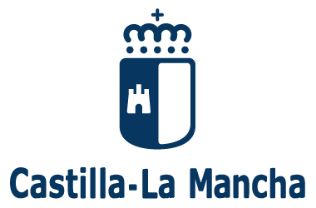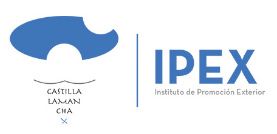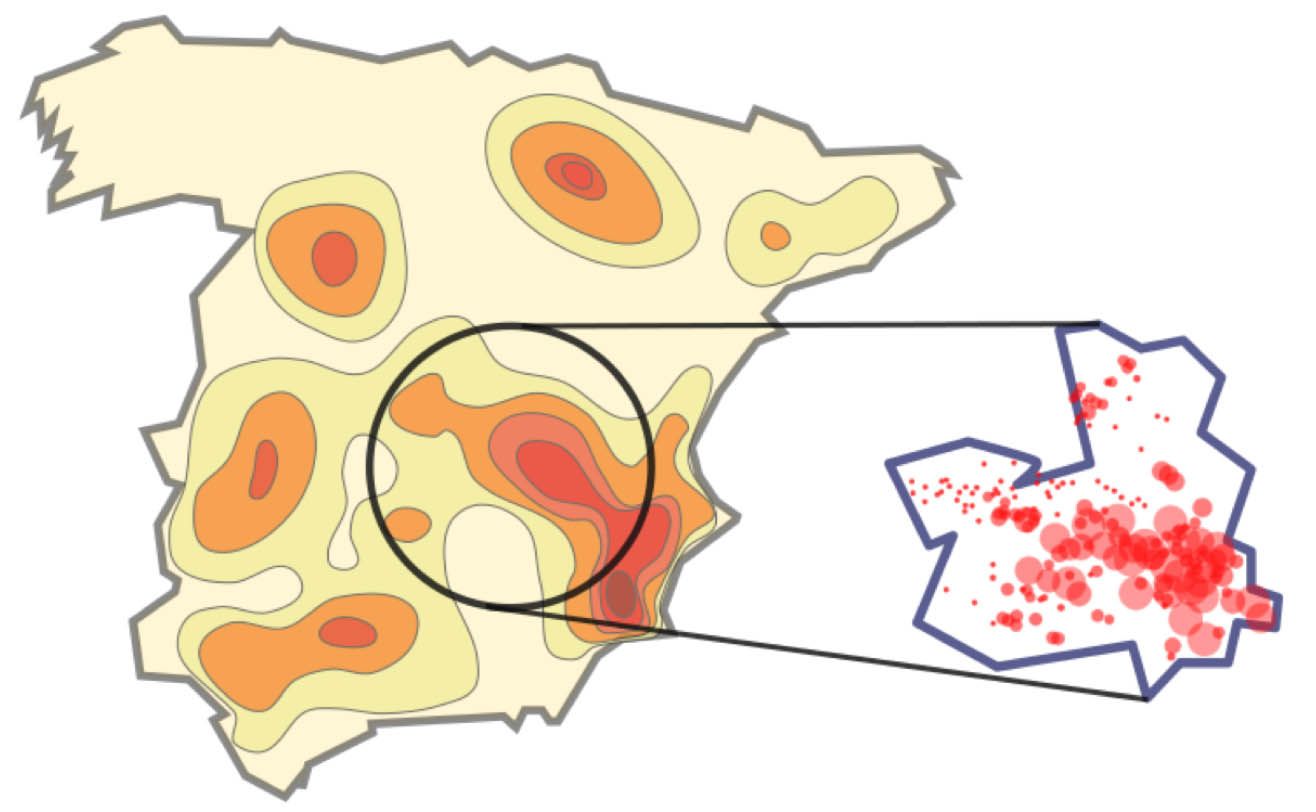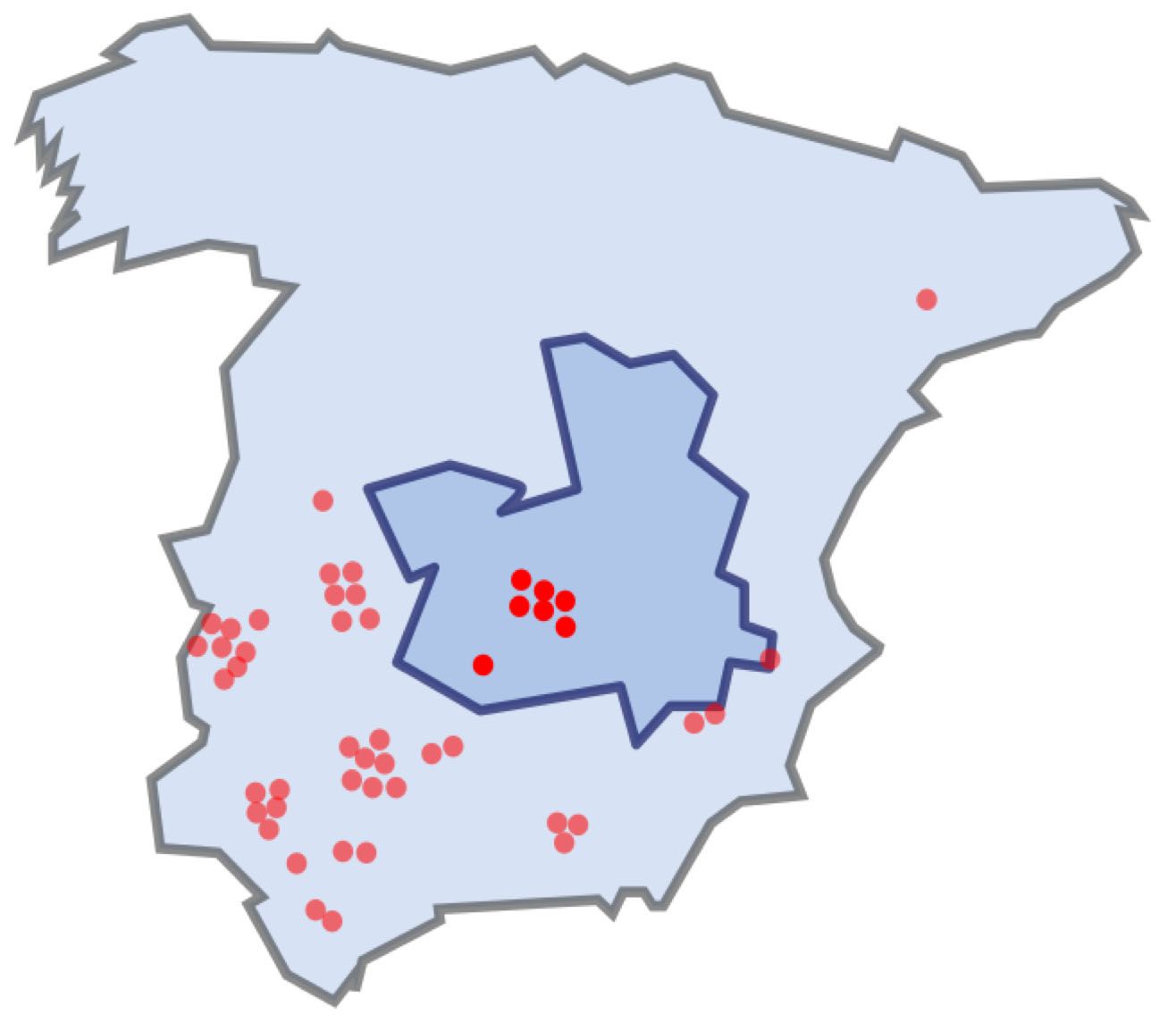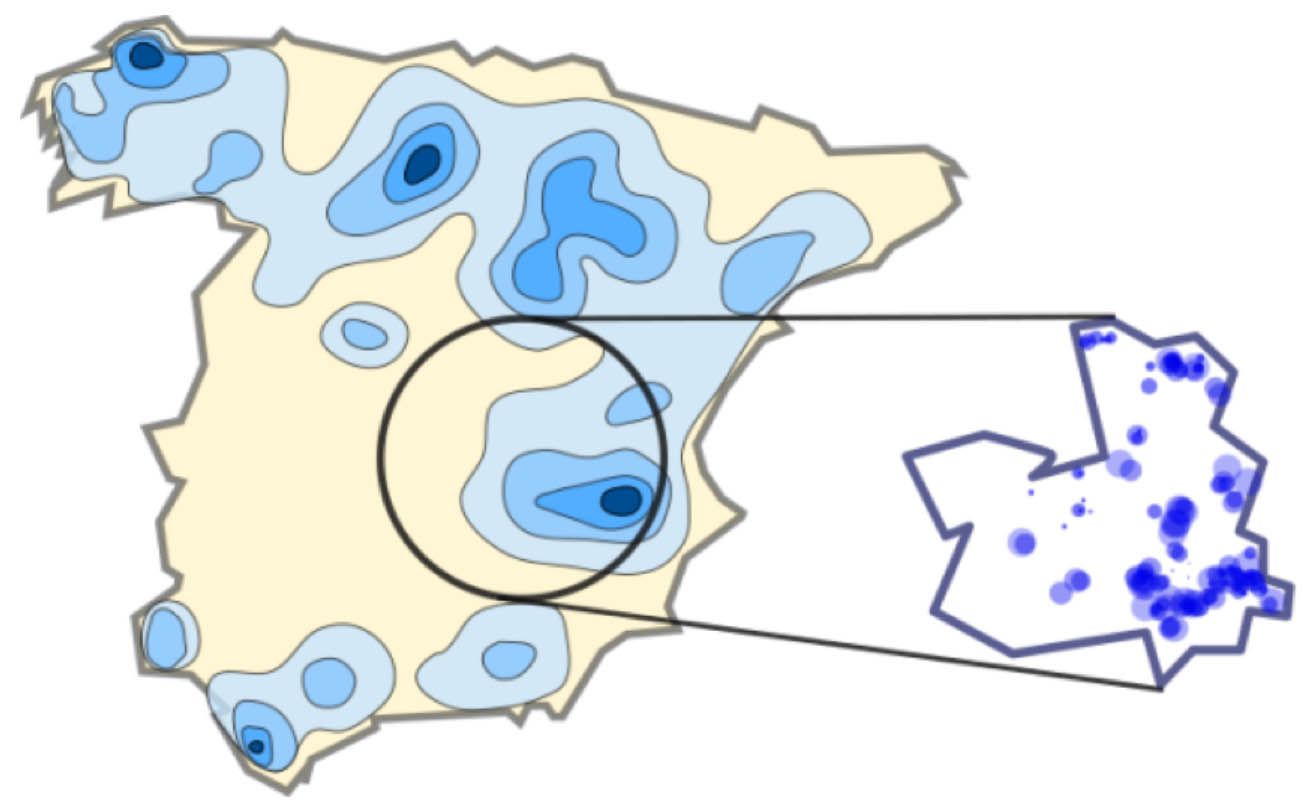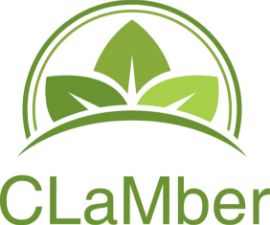With the latest data published, at the end of 2022 Castilla-La Mancha is the third region with the highest installed renewable power capacity (9,720 MW). This represents 14% of the national total.
The region stands out for its leadership in wind and photovoltaic: in both it is also positioned as the third community with more MW in service of each technology. Out of those 9,720 MW, 4,705 MW correspond to wind and 3,904 MW to photovoltaic.
As a result, in 2022, 63% of the total electricity generated in Castilla-La Mancha was from renewable sources, an amount of electricity that would allow us to cover our annual consumption and achieve a high degree of energy sovereignty.
The objective for 2030 is for Castilla-La Mancha to triple the installation of clean energies in its energy mix, where renewables already represent 80%, 20 points more than the Spanish average.
